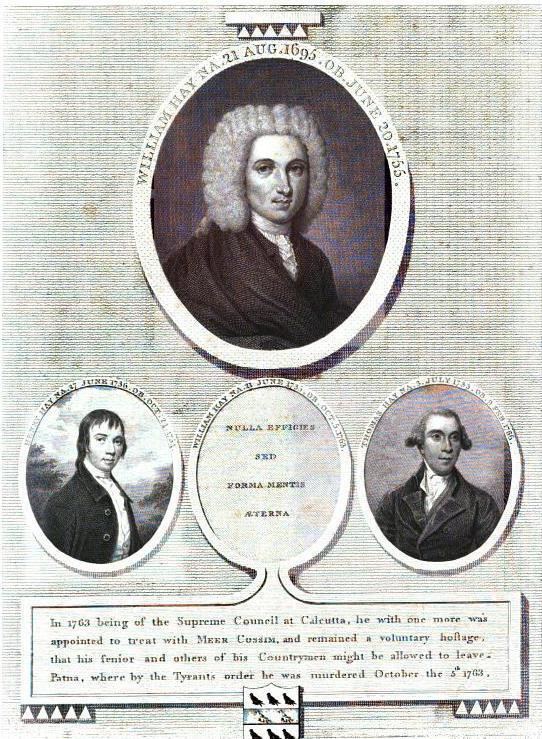Name William Hay | Role English Politician | |
 | ||
Books Current Medical Diagnosi, With Firm Hearts, The Originals, The Works of William Hay ‑ Vol, Lange CURRENT Pediatrics | ||
Life

The second son of William Hay of Glyndebourne, Sussex, by his wife, Barbara, youngest daughter of Sir John Stapley, bart., of Patcham, Sussex, was born at Glyndebourne on 21 August 1695. Both his parents died while he was still a child. In 1705 he was sent to school at Newick, and then in 1710 to the grammar school at Lewes. He matriculated at Christ Church, Oxford, on 20 March 1712.
Leaving university without a degree, Hay was admitted in 1715 to the Middle Temple; there is no evidence that he was called to the bar. While pursuing his legal studies he contracted smallpox, which seriously affected his eyesight. In 1718 he travelled through many parts of England and Scotland, and in 1720 he made a tour through France, Germany, and Holland. On his return he settled down in the country, and became an active county magistrate, and in 1733 was appointed chairman of quarter sessions for the eastern division of Sussex.
At a by-election in January 1734 Hay was returned to the House of Commons as Member of Parliament for Seaford, and continued to represent the constituency until his death. He was a Whig, and a general supporter of the policy of Sir Robert Walpole.
In 1735 Hay headed a parliamentary committee that reported on prison reform. In March 1736 and again in February 1737 he brought in a bill for poor relief, but failed to carry it through the house. In February 1738 he took part in the debate on the reduction of the army, and in May following was appointed a commissioner for victualling the navy. During the discussion of the navy estimates in February 1740 he defended himself from a personal attack, and invited scrutiny of his conduct at the victualling office. In December 1747 he brought in a bill for the relief of the poor by voluntary charities, which passed through the Commons without opposition, but was dropped in the House of Lords.
Hay was appointed keeper of the records in the Tower of London in 1753, and died of apoplexy at Glyndebourne on 22 June 1755. He was buried in Glynde churchyard. Hay was deformed, scarcely five feet high, and assiduous in his parliamentary duties.
Works
Hay was the author of:
Hay's collected works were published at the expense of his two daughters, under the editorship of their cousin, the Rev. Francis Tutté, in 1794, London, 2 vols. His parliamentary journal has been published.
Family
In 1731 Hay married Elizabeth, the second daughter of Thomas Pelham of Catsfield Place, Sussex, by whom he had three sons and two daughters. Pelham was a cousin of the Duke of Newcastle, by whose influence Hay entered parliament.
The eldest son, Thomas, lieutenant-colonel in the Queen's dragoons, represented Lewes from March 1768 to September 1780, and died on 9 February 1786. His second son, William, a member of the supreme council at Calcutta, was murdered while a hostage at Patna on 5 October 1763. His youngest son, Henry, died on 24 October 1754, aged 18. On the death of Frances, the younger of his two daughters, Glyndebourne passed to his nephew, the Rev. Francis Tutté, and then came into the possession of William Langham Christie.
